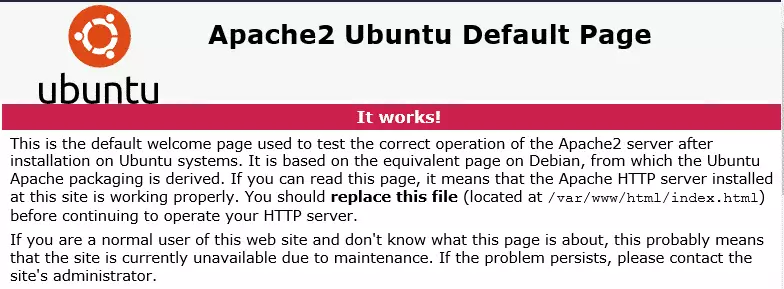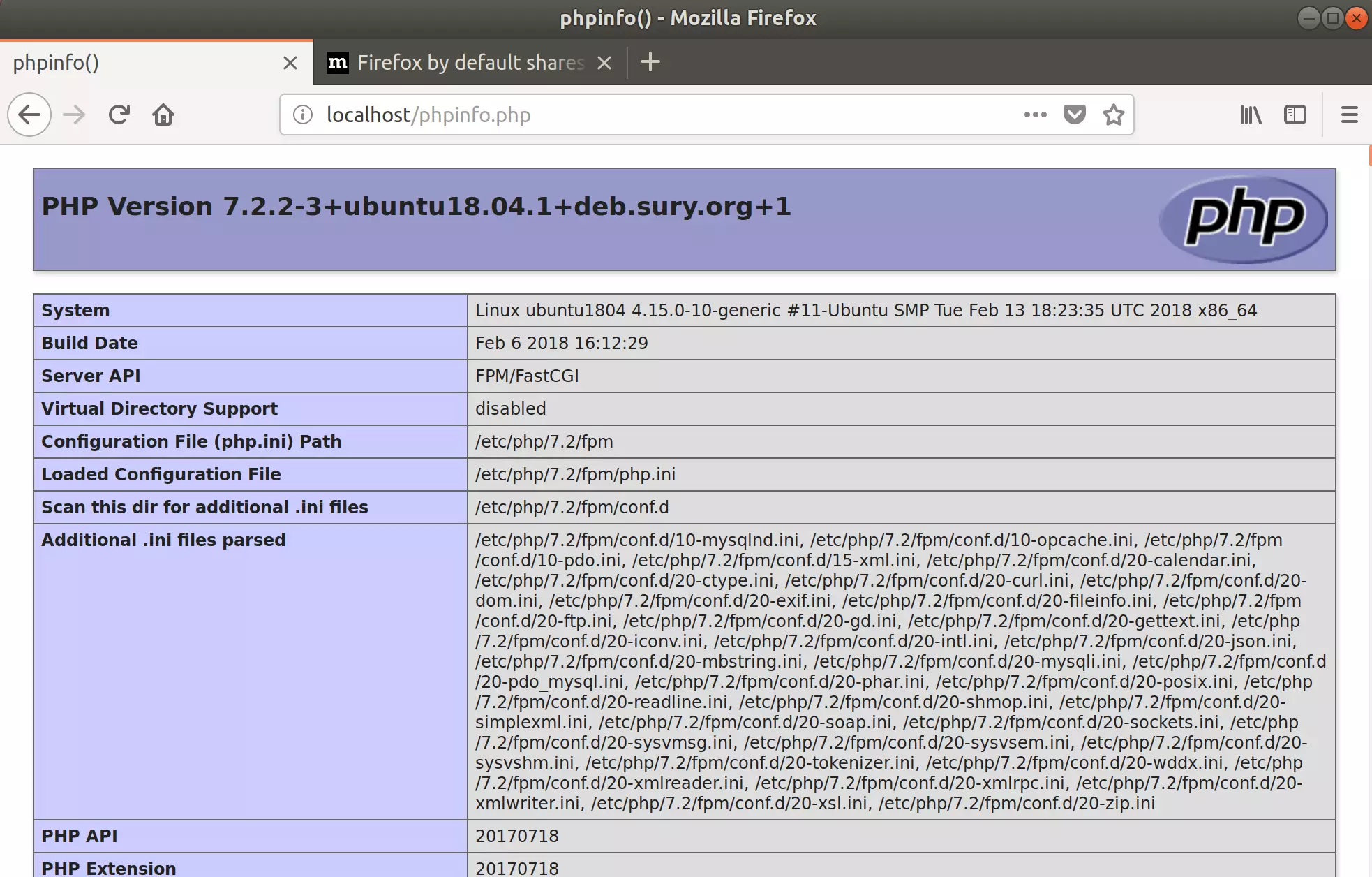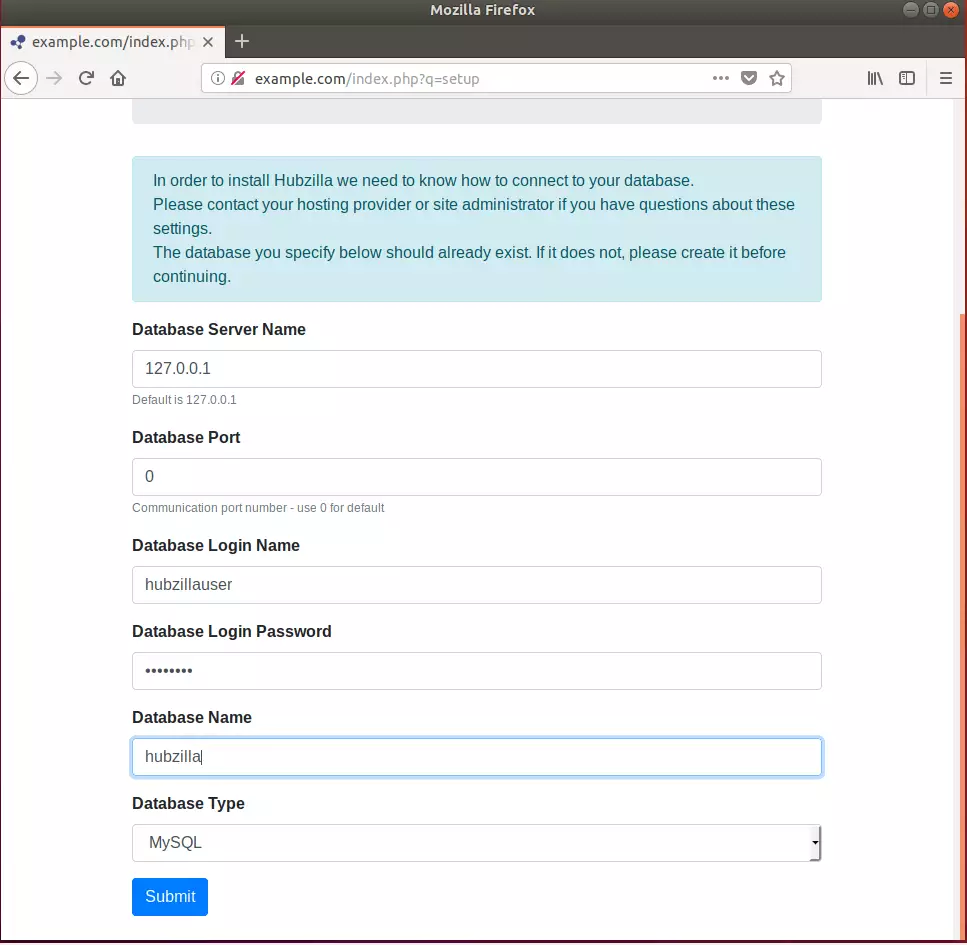This article explains installing Hubzilla CMS with Apache support on Ubuntu Linux.
Hubzilla is an open-source web publishing platform (CMS) for creating interconnected websites. Like a shared hosting service, websites built on Hubzilla are isolated and have no idea who is accessing their content. Controlled access to data is limited to permissions settings between individual accounts on a site.
Installing Hubzilla CMS with Apache on Ubuntu Linux allows you to create and manage interconnected websites using an open-source web publishing platform. With Hubzilla, you can leverage easy management portal designs and technical quality without the bloats and focus on creating content for personal or business websites.
Apache2 HTTP Server, MariaDB Database Server, PHP 7.2, and Related Modules are required to install and run Hubzilla CMS. The steps outlined in this article will guide you through installing and configuring Hubzilla CMS using Apache on Ubuntu Linux.
For more about Hubzilla, visit its homepage.
When you’re ready to get Hubzilla working on Ubuntu, please continue with the steps below:
Install Apache2 HTTP Server on Ubuntu
Apache2 HTTP Server is the most popular web server in use. Install it since Hubzilla needs it.
To install Apache2 HTTP on the Ubuntu server, run the commands below.
sudo apt update sudo apt install apache2
After installing Apache2, the commands below can stop, start, and enable the Apache2 service to always start up with the server boots.
sudo systemctl stop apache2.service sudo systemctl start apache2.service sudo systemctl enable apache2.service
To test the Apache2 setup, open your browser and browse to the server hostname or IP address. You should see the Apache2 default test page, as shown below. When you see that, then Apache2 is working as expected.
http://localhost

Install MariaDB Database Server
MariaDB database server is a great place to start when looking at open-source database servers for Magento. To install MariaDB, run the commands below.
sudo apt-get install mariadb-server mariadb-client
After installing MariaDB, the commands below can stop and start the service and enable it to start when the server boots.
Run these on Ubuntu 16.04 LTS
sudo systemctl stop mysql.service sudo systemctl start mysql.service sudo systemctl enable mysql.service
Run these on Ubuntu 17.10 and 18.04 LTS
sudo systemctl stop mariadb.service sudo systemctl start mariadb.service sudo systemctl enable mariadb.service
After that, run the commands below to secure the MariaDB server by creating a root password and disallowing remote root access.
sudo mysql_secure_installation
When prompted, answer the questions below by following the guide.
- Enter current password for root (enter for none): Just press the Enter
- Set root password? [Y/n]: Y
- New password: Enter password
- Re-enter new password: Repeat password
- Remove anonymous users? [Y/n]: Y
- Disallow root login remotely? [Y/n]: Y
- Remove test database and access to it? [Y/n]: Y
- Reload privilege tables now? [Y/n]: Y
Restart MariaDB server
Type the commands below to log into the MariaDB server to test if MariaDB is installed.
sudo mysql -u root -p
Then, type the password you created above to sign on. If successful, you should see the MariaDB welcome message.

Install PHP 7.2 and Related Modules
PHP 7.2 may not be available in Ubuntu default repositories. To install it, you will have to get it from third-party repositories.
Run the commands below to add the below third party repository to upgrade to PHP 7.2
sudo apt-get install software-properties-common sudo add-apt-repository ppa:ondrej/php
Then update and upgrade to PHP 7.2
sudo apt update
Next, run the commands below to install PHP 7.2 and related modules.
sudo apt install php7.2 libapache2-mod-php7.2 php7.2-common php7.2-sqlite3 php7.2-curl php7.2-intl php7.2-mbstring php7.2-xmlrpc php7.2-mysql php7.2-gd php7.2-xml php7.2-cli php7.2-zip
After installing PHP 7.2, run the commands below to open the PHP default config file for Apache2.
sudo nano /etc/php/7.2/apache2/php.ini
Then, save the changes on the following lines below in the file. The value below is an ideal setting to apply in your environment.
file_uploads = On allow_url_fopen = On short_open_tag = On memory_limit = 256M upload_max_filesize = 100M max_execution_time = 360 date.timezone = America/Chicago
After making the change above, please save the file and close it.
After installing PHP and related modules, you must restart Apache2 to reload PHP configurations.
To restart Apache2, run the commands below
sudo systemctl restart apache2.service
To test PHP 7.2 settings with Apache2, create a phpinfo.php file in the Apache2 root directory by running the commands below
sudo nano /var/www/html/phpinfo.php
Then, type the content below and save the file.
<?php phpinfo( ); ?>
Save the file. Then browse to your server hostname followed by /phpinfo.php
http://localhost/phpinfo.php
You should see the PHP default test page.

Create Hubzilla Database
Once you’ve installed all the packages required for Hubzilla CMS to function, continue below to start configuring the servers. First, run the commands below to create a blank Magento database.
To log on to the MariaDB database server, run the commands below.
sudo mysql -u root -p
Then, create a database called hubzilla
CREATE DATABASE hubzilla;
Create a database user called hubzillauser with a new password
CREATE USER 'hubzillauser'@'localhost' IDENTIFIED BY 'new_password_here';
Then, grant the user full access to the database.
GRANT ALL ON hubzilla.* TO 'hubzillauser'@'localhost' IDENTIFIED BY 'user_password_here' WITH GRANT OPTION;
Finally, save your changes and exit.
FLUSH PRIVILEGES; EXIT;
Download and Install Hubzilla via Git
Run the commands below to download Hubzilla’s latest content. Run each command line until you’re done.
sudo apt install git cd /var/www/html sudo git clone https://framagit.org/hubzilla/core.git hubzilla sudo mkdir -p "store/[data]/smarty3" sudo chmod -R 777 store cd hubzilla sudo util/add_addon_repo https://framagit.org/hubzilla/addons.git hzaddons sudo sudo util/update_addon_repo hzaddons
Next, run the commands below to change the root folder permissions.
sudo chown -R www-data:www-data /var/www/html/hubzilla/ sudo chmod -R 755 /var/www/html/hubzilla/
Configure Apache2 Hubzilla CMS Site
Finally, configure the Apache2 configuration file for Hubzilla CMS. This file will control how users access Hubzilla CMS content. Run the commands below to create a new configuration file called hubzilla.conf.
sudo nano /etc/apache2/sites-available/hubzilla.conf
Then copy and paste the content below into the file and save it. Replace the highlighted line with your domain name and directory root location.
<VirtualHost *:80>
ServerAdmin [email protected]
DocumentRoot /var/www/html/hubzilla
ServerName example.com
<Directory /var/www/html/hubzilla/>
Options FollowSymlinks
AllowOverride All
Require all granted
</Directory>
ErrorLog ${APACHE_LOG_DIR}/error.log
CustomLog ${APACHE_LOG_DIR}/access.log combined
</VirtualHost>
Save the file and exit.
After configuring the VirtualHost above, please enable it by running the commands below.
Enable the Hubzilla CMS Site and Rewrite Module
After configuring the VirtualHost above, please enable it by running the commands below, then restart the Apache2 server.
sudo a2ensite hubzilla.conf sudo a2enmod rewrite sudo systemctl restart apache2.service
Next, open your browser, go to the URL, and continue with the installation.
http://example.com/
You should see the Hubzilla installation page. Validate that all requirements are met and continue.
Next, type in the database connection info you created above and click Submit.

Then, configure the site settings and submit.

That’s it!

Next, Go to your new hub http://example.com/register and register as a new member. Remember to use the same email you have entered as the administrator email. This will allow you to enter the site admin panel.
You may also like the post below:

Leave a Reply